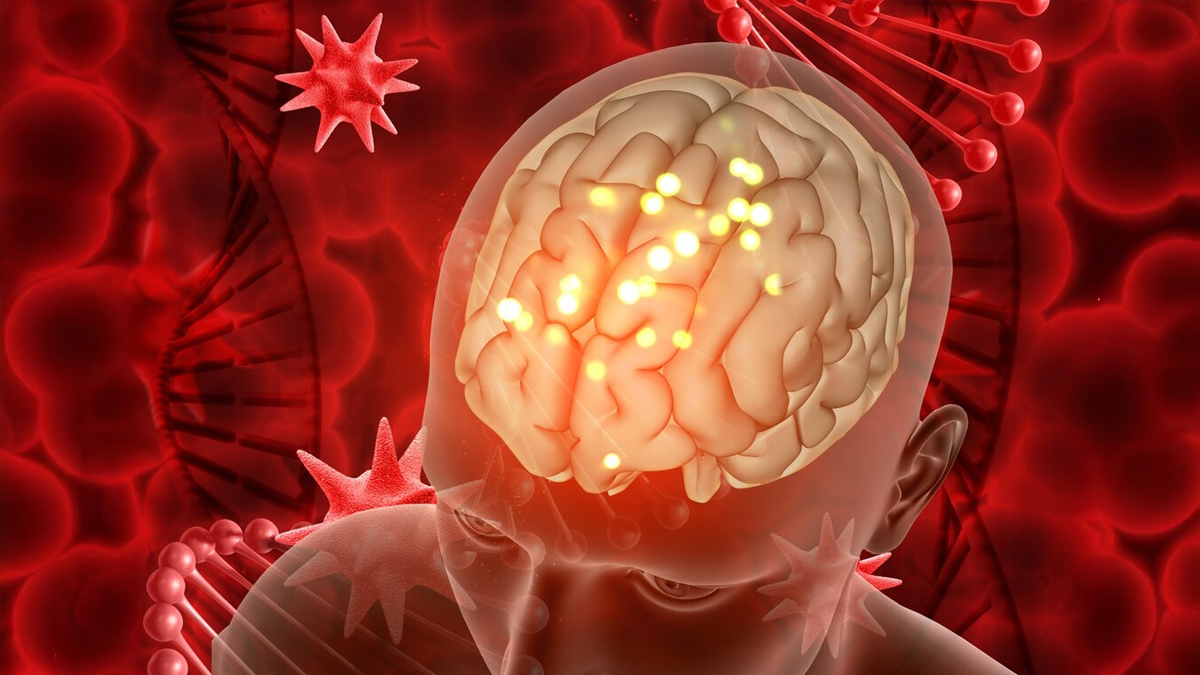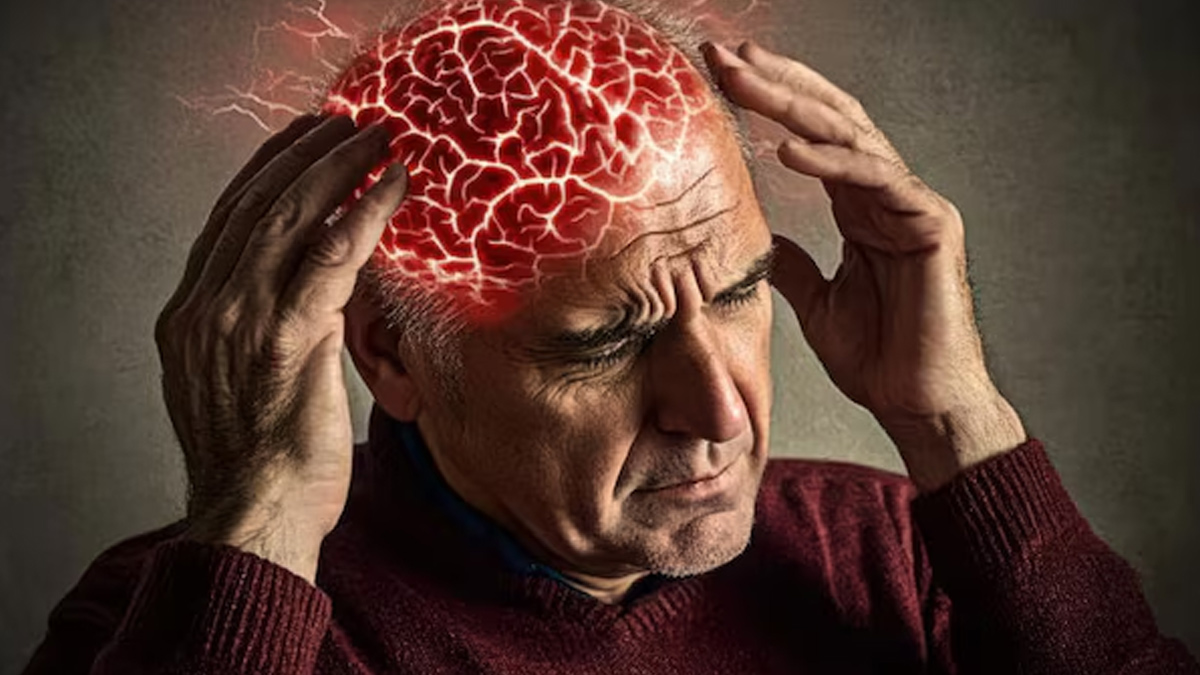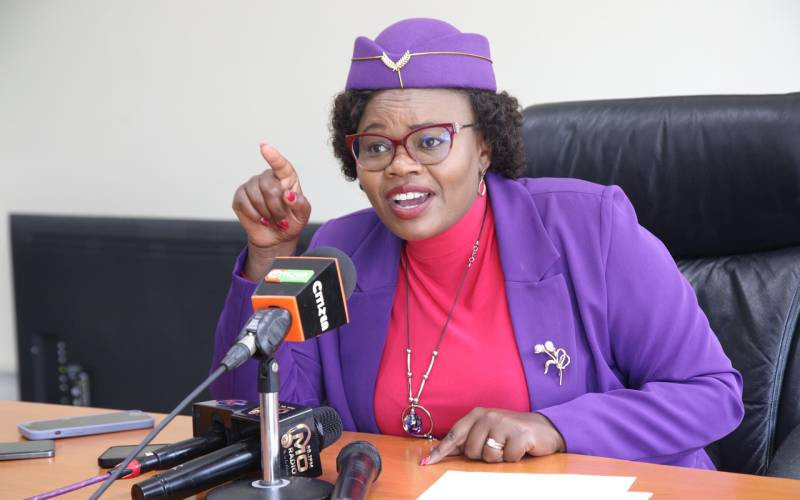Numbness On One Side Of The Body To Difficulty Speaking, Neurological Signs To Spot Stroke Early
Effective treatment and management of stroke are determined by how fast you identify it and take necessary actions. A stroke, also known as a brain attack, is often referred to as a medical emergency that occurs when blood flow to the brain is disrupted. It can either be ischaemic, which occurs due to a blockage, or haemorrhagic, which is when a blood vessel bursts in the brain.
In an interaction with the OnlyMyHealth team, , emphasises the importance of detecting stroke early. "Recognising stroke symptoms early is critical because time is brain. Every minute after a stroke begins, nearly 1 to 1.5 million neurones can be lost," he says.
Let’s delve into the early signs of stroke and how to differentiate it from other conditions that lead to stroke-like symptoms.

The most common early signs of a stroke can be remembered using the acronym BE FAST, says Dr Hunge. These include:
“These symptoms usually appear suddenly and may be accompanied by confusion, severe headache, or difficulty understanding speech,” the doctor adds.

Early intervention, particularly within the first 4.5 hours, can dramatically improve outcomes with treatments like thrombolysis (clot-busting medications) or mechanical thrombectomy. Dr Hunge suggests that delayed treatment may lead to irreversible brain damage, disability, or death.
Shockingly, stroke claims the lives of 1.5 crore people worldwide. Of these, 50 lakh die, and another 50 lakh are left permanently disabled, placing a burden on family and community. According to the World Health Organization (WHO), stroke is uncommon in people under 40 years; when it does occur, the main cause is high blood pressure. However, stroke also occurs in about 8% of children with sickle cell disease, the health body notes.
If you suspect someone is having a stroke, take immediate action:

It is important to note that conditions like migraine aura, seizures, Transient Ischaemic Attacks (TIAs), low blood sugar, or even anxiety can mimic stroke. A TIA, often called a ‘mini-stroke’, has identical symptoms but resolves within 24 hours without lasting damage — yet it’s a red flag for a future major stroke, shares Dr Hunge.
Only imaging tests like a CT scan or MRI can confirm or rule out a stroke. Hence, any stroke-like symptoms must be treated as a medical emergency, regardless of cause.
A stroke is a time-sensitive health emergency where every second counts. Recognising the early signs using the BE FAST method and seeking immediate medical help can make the difference between recovery and long-term disability — or even life and death. While some conditions can mimic a stroke, it's always safest to treat any sudden neurological symptoms as an emergency. With timely intervention and increased awareness, the devastating impact of stroke can be significantly reduced.












